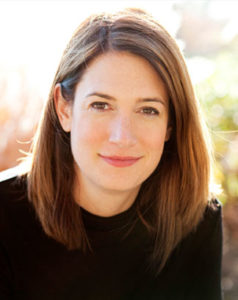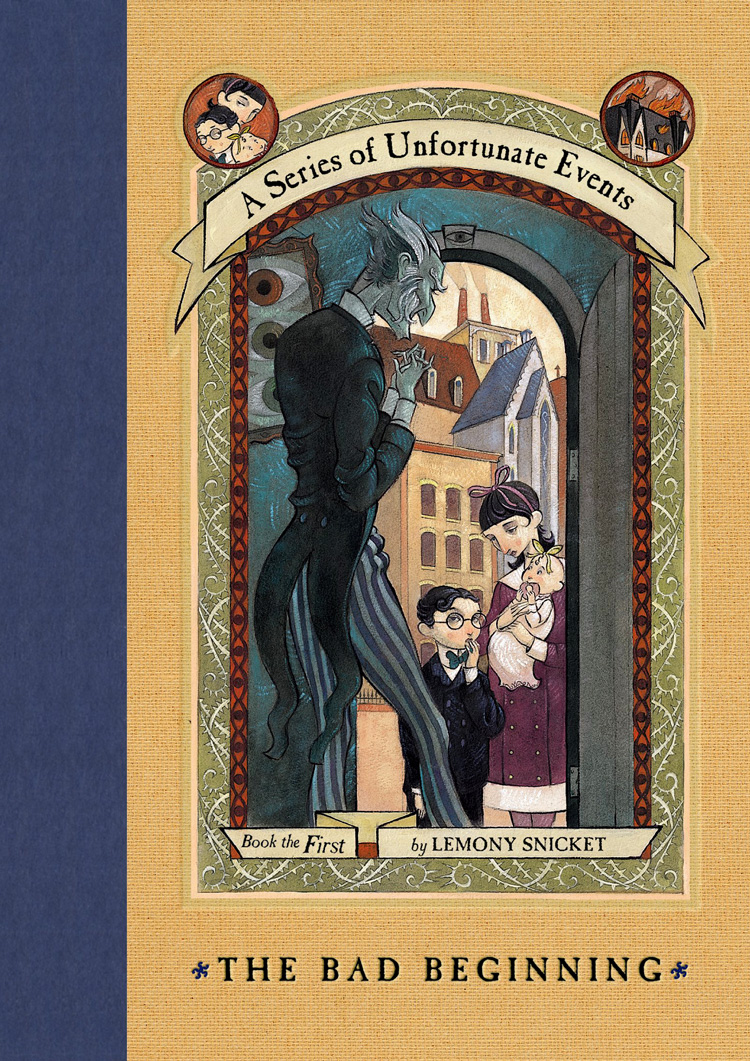 There are few things I like more than unreliable narrators, reluctant heroes, dark protagonists, dogs, and Taco Bell. Some of my favorite characters on television shows, in books, and in comic books are the anti-heroes and villains that have deep, spanning character arcs. I just hate to love Gul Dukat from Star Trek: Deep Space Nine, the perpetual heel no matter how hard I root for him to turn into a good guy. Who can say no to The Hound in Game of Thrones? All beefy, reluctant, melty-cheese-face goodness right there. And who isn’t charmed/terrified by Negan in The Walking Dead comics and his filthy, filthy mouth? Kim Coates’ portrayal of Tig on Sons of Anarchy? C’MON, man. The best! And the king of anti-heroes, from which my love of anti-heroes began: Conan the Barbarian.
There are few things I like more than unreliable narrators, reluctant heroes, dark protagonists, dogs, and Taco Bell. Some of my favorite characters on television shows, in books, and in comic books are the anti-heroes and villains that have deep, spanning character arcs. I just hate to love Gul Dukat from Star Trek: Deep Space Nine, the perpetual heel no matter how hard I root for him to turn into a good guy. Who can say no to The Hound in Game of Thrones? All beefy, reluctant, melty-cheese-face goodness right there. And who isn’t charmed/terrified by Negan in The Walking Dead comics and his filthy, filthy mouth? Kim Coates’ portrayal of Tig on Sons of Anarchy? C’MON, man. The best! And the king of anti-heroes, from which my love of anti-heroes began: Conan the Barbarian.
What most of these anti-heroes and villains have in common is this: their behavior is somewhat predictable from early on. Gul Dukat gonna be Gul Dukat, even if he does some good things on occasion. The Hound looks out for himself until paid to do otherwise, with only a few exceptions. Negan tells his enemies exactly what he’s going to do before he does it. He also loves Lucille, and he’s gonna bring her out to play and he’ll talk some poor character’s ear off while doing it. Tig’s always going to be weird on a supreme level, but he has his soft spots. Conan the mercenary, the pirate, the thief, the treasure hunter, the nomad, still lives his life according to a code.
As a good rule of thumb, the reader has to trust a character to do just one thing: act like him/her/themselves.
Gillian Flynn either didn’t get the memo, or doesn’t care about your fragile expectations of her characters. And boy is that ballsy. But if you know anything about her success, it’s turning out pretty well for her.
 In the first half of Gillian Flynn’s bestseller Gone Girl, I was amazed. Flynn’s ability to communicate small issues in a marriage, how they can appear and fester just under the surface, was revelatory to me. I sure didn’t pick up Gone Girl expecting such an accurate and subtle commentary on American marriage and the differences between blue-collar and white-collar partner philosophies.
In the first half of Gillian Flynn’s bestseller Gone Girl, I was amazed. Flynn’s ability to communicate small issues in a marriage, how they can appear and fester just under the surface, was revelatory to me. I sure didn’t pick up Gone Girl expecting such an accurate and subtle commentary on American marriage and the differences between blue-collar and white-collar partner philosophies.
But I also didn’t pick up Gone Girl expecting the twist, either. Soft spoiler ahead, so cover your eyes for this and the next paragraph if you plan on reading the book or seeing the movie. As it turns out, BOTH of our narrators, married couple Nick and Amy Dunne, are unreliable to an extreme. Just when we start feeling sorry for Nick, and think he’s getting played by a master, we find that he’s been living a secret life all on his own.
What Gillian Flynn accomplishes in Gone Girl is to take the concept of an unreliable narrator and anti-heroes to another level. When we understand that Nick and Amy can’t be trusted (the first unreliable narrator twist), Flynn twists the narrative knife even further, taking their story to depths most people couldn’t dream up in a million years.
 Similarly, in Flynn’s novella The Grownup, the reader is presented with an anti-hero that, at first blush, seems honest and straight forward about who she is: a fake psychic. I’ll not mention her former job so you’re surprised when you read the short story yourself (I’ll just say this: the first two lines of the story are some of the best opening lines I’ve ever read. Talk about a hook! Winky wink). Now, as we, the readers, follow this opportunistic woman, we fall into a haunted house/evil stepson-type scenario. Nothing too surprising here – they are common horror movie tropes. And our protagonist, although a con artist of sorts, still has some admirable attributes, and it’s easy to slip into the story from her perspective. We’re even on her side. (Big spoiler here, so skip to the next paragraph if you want to read this story.) We’re on her side, that is, until we realize too late that she’s not an anti-hero – she’s the villain, and became so under our very noses. And this is Flynn’s trademark. Unreliable narrators to an extreme. Characters that seem like unreliable narrators and anti-heroes who become the villains before the reader can put two and two together.
Similarly, in Flynn’s novella The Grownup, the reader is presented with an anti-hero that, at first blush, seems honest and straight forward about who she is: a fake psychic. I’ll not mention her former job so you’re surprised when you read the short story yourself (I’ll just say this: the first two lines of the story are some of the best opening lines I’ve ever read. Talk about a hook! Winky wink). Now, as we, the readers, follow this opportunistic woman, we fall into a haunted house/evil stepson-type scenario. Nothing too surprising here – they are common horror movie tropes. And our protagonist, although a con artist of sorts, still has some admirable attributes, and it’s easy to slip into the story from her perspective. We’re even on her side. (Big spoiler here, so skip to the next paragraph if you want to read this story.) We’re on her side, that is, until we realize too late that she’s not an anti-hero – she’s the villain, and became so under our very noses. And this is Flynn’s trademark. Unreliable narrators to an extreme. Characters that seem like unreliable narrators and anti-heroes who become the villains before the reader can put two and two together.
As much as I drool over and admire Gillian Flynn’s storytelling, I must admit I don’t come away from her books feeling particularly… good. I feel uncomfortable, ill at ease. I certainly don’t need every book to be a happy ending, but I’m used to anti-hero stories ending in a different way (Conan always accomplishes the quest and gets the girl, after all).
What I take away from Gillian Flynn’s expert storytelling and success is this: do what you do, and do it well. If you’re good at pulling the wool over your readers’ eyes, do it. But always do it well. Flynn creates characters we can empathize with, she can humanize extreme situations, and then she slowly crumbles the foundation of what we thought we knew about those characters and their situation. Flynn uses our very fundamental trust of character (that the character will act like himself/herself/themselves) against us. And it is masterful.
Readers don’t always like to be deceived. In fact, a writer pulling a fast one often makes a reader feel betrayed. But looking at Gone Girl‘s success, it doesn’t appear the readers minded the deception because of how artfully Flynn pulled it off. Don’t be afraid to deceive your reader, but only if you can pull it off, too.

 When it comes to famous friendships, the one that first comes to mind is the bond between C.S. Lewis and J.R.R. Tolkien. Their friendship developed through their writing group, The Inklings, which met in a pub called The Eagle and Child, or as they affectionately called it, The Bird and Baby. Over years of critiquing and beers, a number of the Inklings went on to be published, as well as become some of the most respected authors in history.
When it comes to famous friendships, the one that first comes to mind is the bond between C.S. Lewis and J.R.R. Tolkien. Their friendship developed through their writing group, The Inklings, which met in a pub called The Eagle and Child, or as they affectionately called it, The Bird and Baby. Over years of critiquing and beers, a number of the Inklings went on to be published, as well as become some of the most respected authors in history. In college, I was fortunate enough to take a J.R.R. Tolkien class from one of the most renowned C.S. Lewis scholars in the world, Diana Glyer. Naturally her studies of Lewis led her to the study of Tolkien as well. Diana Glyer recently released the book
In college, I was fortunate enough to take a J.R.R. Tolkien class from one of the most renowned C.S. Lewis scholars in the world, Diana Glyer. Naturally her studies of Lewis led her to the study of Tolkien as well. Diana Glyer recently released the book  Honestly? I’ve never thought about tension while writing. I’ve thought about conflict a whole lot: overarching conflict, conflict between characters, conflict with the environment, etc. But I’ve never framed it in my mind as “tension.” After some thinking, I decided it wouldn’t be quite right to offer advice about something that I don’t tend to think about while writing. However, I have noticed it while reading. So in lieu of offering advice, I’ve put together a list of memorable stories that created tension in a very unique way that may help you in your own writing. The fun of creating tension doesn’t have to be all your characters’ doing. By honing in on your narrative voice, you can create tension between you and your reader using a variety of techniques.
Honestly? I’ve never thought about tension while writing. I’ve thought about conflict a whole lot: overarching conflict, conflict between characters, conflict with the environment, etc. But I’ve never framed it in my mind as “tension.” After some thinking, I decided it wouldn’t be quite right to offer advice about something that I don’t tend to think about while writing. However, I have noticed it while reading. So in lieu of offering advice, I’ve put together a list of memorable stories that created tension in a very unique way that may help you in your own writing. The fun of creating tension doesn’t have to be all your characters’ doing. By honing in on your narrative voice, you can create tension between you and your reader using a variety of techniques. In the classic book One Hundred Years of Solitude, Gabriel García Márquez sets up tension in the first half of his book by dropping the same line over and over: “Many years later, as he faced the firing squad, Colonel Aureliano Buendía remembered…” Instantly, the reader questions this. Aureliano before a firing squad? How did he get there? Also… Colonel? When does he become a Colonel? With this line, the author continues to keep these questions fresh in the reader’s mind, and the reader continues on with the book in order to get the answers to those questions.
In the classic book One Hundred Years of Solitude, Gabriel García Márquez sets up tension in the first half of his book by dropping the same line over and over: “Many years later, as he faced the firing squad, Colonel Aureliano Buendía remembered…” Instantly, the reader questions this. Aureliano before a firing squad? How did he get there? Also… Colonel? When does he become a Colonel? With this line, the author continues to keep these questions fresh in the reader’s mind, and the reader continues on with the book in order to get the answers to those questions. In one of the darkest children’s series out there, Lemony Snicket (Daniel Handler) adds a warning to the reader at the beginning of every book. In the very first book, he lays the land:
In one of the darkest children’s series out there, Lemony Snicket (Daniel Handler) adds a warning to the reader at the beginning of every book. In the very first book, he lays the land: This technique is a favorite among Literary Fiction authors and moviemakers. The author has one character telling the story as they remember it, allowing them to be the narrator. However, the switches from past to present is up to the author. That means right when something happens, the author has the power to pull back to present time, have the narrator reflect for a time, and then go back into the action. This undoubtedly drives some readers nuts, but can we deny it causes tension? Nope! An example of this would be Middlesex by Jeffrey Eugenides, where our narrator, Cal, starts most chapters in the present, and then switches back to telling his grandparents’ and parents’ stories. The reader becomes anxious to see what’s going on in the present, and yet is forcibly taken to the past instead. This, in the best cases, builds tension by way of anticipation.
This technique is a favorite among Literary Fiction authors and moviemakers. The author has one character telling the story as they remember it, allowing them to be the narrator. However, the switches from past to present is up to the author. That means right when something happens, the author has the power to pull back to present time, have the narrator reflect for a time, and then go back into the action. This undoubtedly drives some readers nuts, but can we deny it causes tension? Nope! An example of this would be Middlesex by Jeffrey Eugenides, where our narrator, Cal, starts most chapters in the present, and then switches back to telling his grandparents’ and parents’ stories. The reader becomes anxious to see what’s going on in the present, and yet is forcibly taken to the past instead. This, in the best cases, builds tension by way of anticipation.
 You know when you’re knee deep in a project and then you get that shiny new idea? And you’re like, “But Brain, I don’t write Historical Fiction. You must have me confused with a better brain that likes to research things to death.” And yet, you love the idea so much, you decide, maybe one day, you’ll write that shiny idea into a book or short story, or *gulp* a series.
You know when you’re knee deep in a project and then you get that shiny new idea? And you’re like, “But Brain, I don’t write Historical Fiction. You must have me confused with a better brain that likes to research things to death.” And yet, you love the idea so much, you decide, maybe one day, you’ll write that shiny idea into a book or short story, or *gulp* a series. Read.
Read.